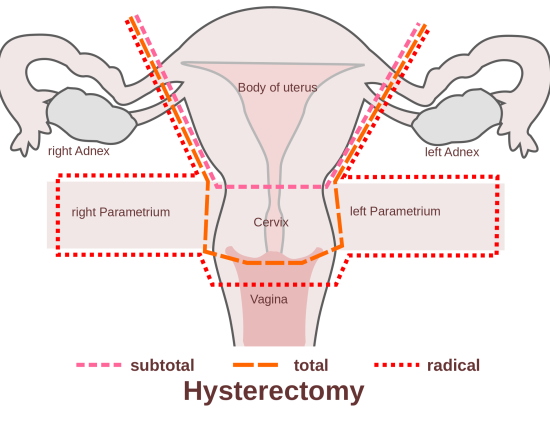The LEEP procedure is used to help diagnose cervical dysplasia or abnormal cervical cells.
These are usually found during a Pap smear and if these abnormal cells are found, the LEEP procedure, which stands for loop electrosurgical excision procedure, allows for other procedures to be completed, such as a colposcopy or a cone biopsy.
How Is the LEEP Procedure Completed?
The LEEP procedure removes the abnormal cells on the cervix. It uses a thin, small wire loop that is an electrode attached to a surgical generator. This generator sends out an electrical current that will cut away the cells. These cells can then be sent to the laboratory for evaluation.
The procedure itself takes about 20-30 minutes. It’s usually done in the doctor’s office. It may feel as though you are having a pelvic exam simply because you are on the exam table and your feet are in the stirrups.
A colposcope is used to as a guide for the doctor. However, unlike the colposcopy used during a normal Pap smear, there is a tube attached to help get rid of a small amount of smoke from the procedure.
Before the procedure begins, an electro surgical dispersive pad is placed on the thigh. The pad is on an adhesive electrode that is covered in gel.
It provides a pathway for the electrosurgical current. A disposable loop electrode is attached to the surgical generator by the doctor.
The doctor will prepare the cervix for the procedure by applying iodine solutions and acetic acid so he can easily see the abnormal cells.
An injection of a local anesthetic into the cervix will keep pain and discomfort to a minimum. Once the area is numb, the electrode loop is charged and the wire will go through the cervix surface.
Once the area of abnormal cells has been removed, a ball electrode is used to control any bleeding. Once the physician is done with the procedure, you will soon be able to leave.
What Are the Possible Complications from the LEEP Procedure?
While there are few complications to the LEEP Procedure, they can include mild discomfort and bleeding. If there is bleeding that seems to be heavier than a regular period or if the discomfort becomes severe pain, the doctor should be notified. In addition, a strong odor or discharge should also be reported.
Most doctors advise their patients to refrain from sexual intercourse, using tampons, douching, or lifting heavy objects for at least two weeks. This will help the healing process and also help prevent vaginal infection.
Cervical Dysplasia Does Not Always Mean Cancer
It’s important to note that having cervical dysplasia does not necessarily mean the patient has cervical cancer. It is however, imperative that these abnormal cells are removed so they do not develop into cervical cancer.
The patient will need to return to the doctor for follow-up visits, including another Pap smear. It’s very important that the follow-up is completed to be sure all the abnormal cells have been removed.






